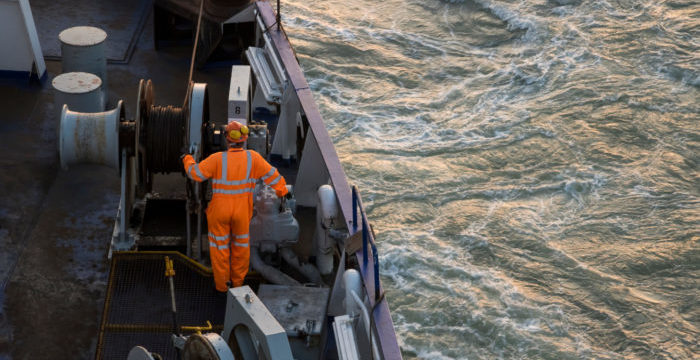The increase of COVID-19 in India has worsen the crew-change crisis, while it has also led to worries that its impact could even be greated than that of the Suez Canal blockage.
More specifically, the port of Singaporen has banned vessels changing crew who had been in India within the past 14 days.
Similar restrictions have also been imposed in Fujairah, and Zhoushan in China.
Now, the International Chamber of Shipping estimates that there are about 240,000 Indian crew members at sea a year, while concerns are on the rise regarding the numbers of seafarers stuck on vessels. In fact, this number could increase from 200,000 to 400,000.
As for India, it has advised its seafarers not to sign-off from vessels after the end of their contracts, for at least the next month.
What is more, further port restrictions could disrupt vessel schedules, disrupting even more the supply chain, especially after the Syez Canal incident.
Well into the second year of the coronavirus pandemic, the crew change crisis remains unresolved, reveals data from 10 ship managers on their seafarers.
This data is the basis of an indicator which provides up-to-date information on the impact of the crew change crisis and will allow for the monitoring of developments over time. The Neptune Declaration Crew Change Indicator is part of the ongoing efforts that a multi-stakeholder taskforce is undertaking to resolve the situation.
According to the Global Maritime Forum, despite the concerted efforts by international organizations and companies, seafarers are still unable to disembark from vessels while new strains of Covid-19 create a risk of making the situation worse.
The Neptune Declaration Crew Change Indicator comes after the launch of the Neptune Declaration on Seafarer Wellbeing and Crew Change in January 2021. The Declaration has since been signed by more than 800 companies and organizations.






























































